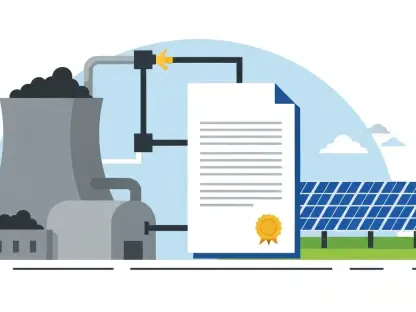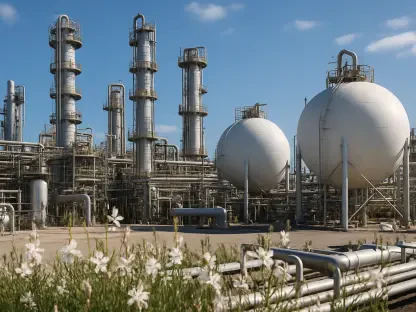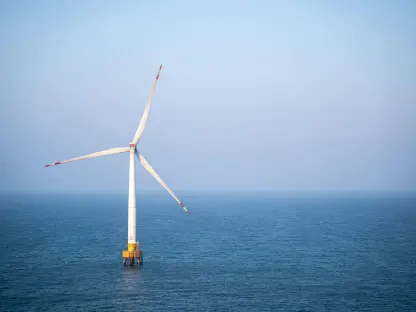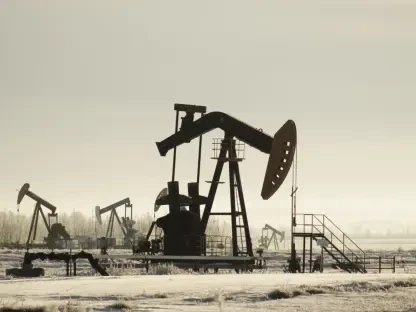The Federal Energy Regulatory Commission (FERC) and the North American Electric Reliability Corporation (NERC) recently released a detailed report assessing the power grid’s performance during January’s extreme cold weather. This analysis reveals enhanced reliability compared to past winter storms, with no power outages and significant improvements in grid stability. Key discussions at the FERC open meeting further elaborated on these findings, emphasizing ongoing needs and challenges in the energy sector.
During the January cold snap, the power grid demonstrated improved resilience, with 71 GW of generation unexpectedly offline, down from 91 GW during recent winter storms. Enhanced communication between the natural gas and electric industries ensured a reliable fuel supply, minimizing unexpected generation losses. Additionally, the proactive declaration of “conservative operations” and the rapid deployment of battery storage helped maintain grid stability, with batteries providing 3,800 MW at peak times.
Grid operators’ more accurate demand forecasts and early conservatory measures, such as canceled planned transmission outages, contributed to the grid’s improved performance. The collaboration between natural gas and electric sectors was pivotal in ensuring a steady fuel supply for power plants.
Despite these advancements, ongoing infrastructure development remains vital for maintaining reliable and affordable electricity. Commissioner Willie Phillips highlighted the necessity for more energy infrastructure to support grid reliability. NERC’s examination of large-scale electricity consumers, such as data centers and cryptocurrency operations, indicates emerging challenges that require proactive risk mitigation.
In summary, while the power grid’s performance during January showed marked improvements, further investments and regulatory adaptations are essential to meet the evolving energy demands and technological impacts.









